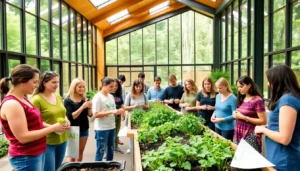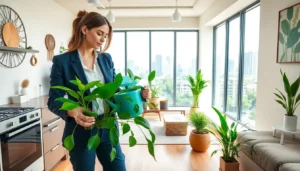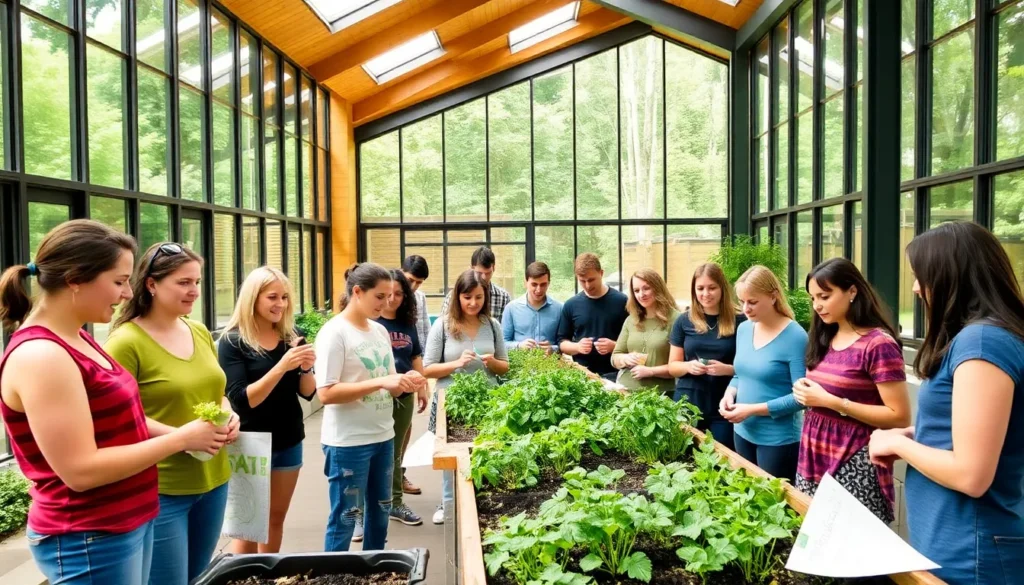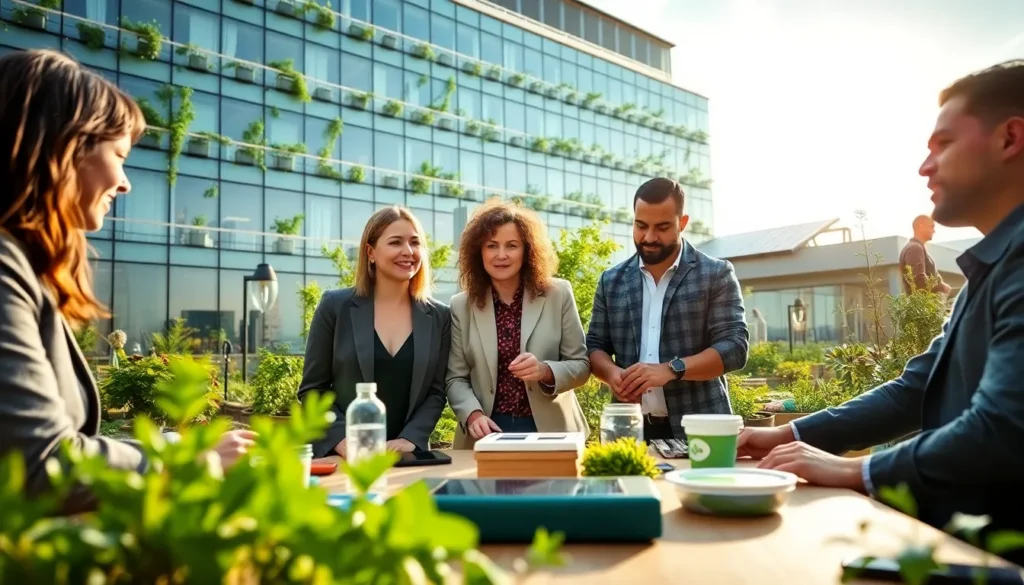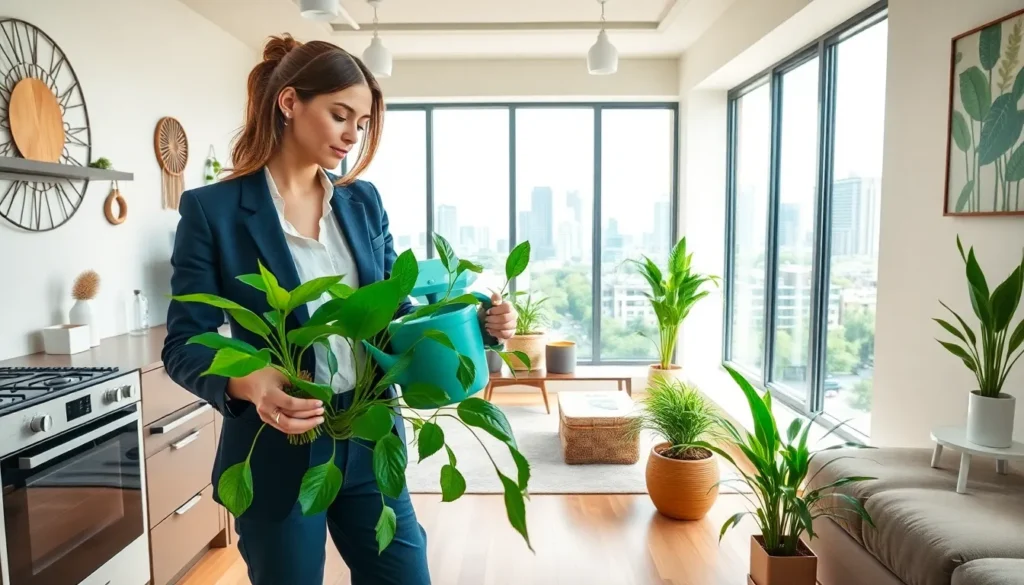Table of Contents
ToggleHave you ever dreamt of living a life where you’re not just surviving but thriving, all while giving back to the planet? Welcome to the wonderful world of self sustainable living. It’s a lifestyle choice that isn’t just a passing trend or a Pinterest board fantasy. Picture this: a backyard bursting with vegetables, a solar panel-topped roof, and a community that supports local artisans. Sounds fantastic, right? Get ready to unlock the secrets of living sustainably, because if you’re not into reducing your carbon footprint, what are you even doing with your life?
Understanding Self Sustainable Living
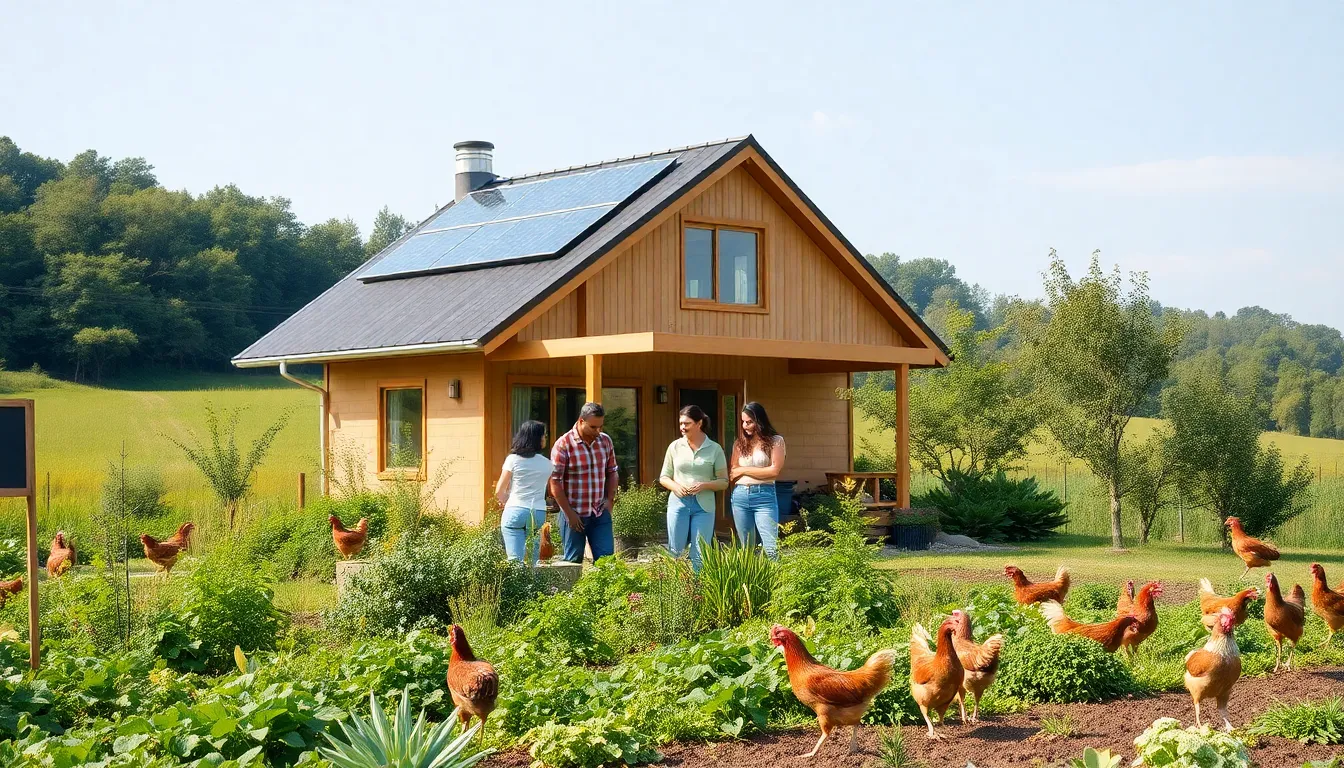
Self sustainable living is all about being independent and reducing reliance on external resources. Imagine having everything you need, food, energy, and water, right at your fingertips, all while living in harmony with nature. But why pursue such an ambitious goal? The answer lies in a profound connection to the environment and an urgent desire to minimize one’s ecological impact. In essence, self sustainability means leading a lifestyle that can sustain itself without depleting natural resources. By using techniques that benefit both the individual and the planet, people can create a better, more balanced world. Understanding this concept’s core values is vital for anyone eager to embark on a self-sufficiency journey.
Benefits of Self Sustainable Living
Living a self sustainable life offers a treasure trove of advantages. First off, financial independence is a big win. By growing your own food, harnessing renewable energy, and conserving water, hefty utility bills become a thing of the past. Not to mention, the thrill of sipping a smoothie made from your homegrown fruits is unparalleled.
But that’s just the tip of the iceberg. There’s also the enormous fulfillment that comes from nurturing your garden or learning to generate your own electricity. Plus, there’s a wonderful sense of community that often springs up around self sustainable practices, fostering connections with like-minded individuals and neighbors. Engaging in these kinds of lifestyles can also protect local ecosystems, increase biodiversity, and create a brighter future for generations to come. What’s not to love?
Key Principles of Self Sustainable Living
To fully jump into the realm of self sustainable living, it is essential to understand its key principles.
- Resource Efficiency: This principle advocates for reducing waste and optimizing resource use, utilizing technology or traditional practices to minimize consumption is key.
- Localism: Shopping local and supporting community businesses not only strengthens local economies but also reduces transport emissions.
- Biodiversity: Incorporating a variety of plants and practices not only enriches garden ecosystems but also minimizes pest issues naturally.
- Regeneration: Encouraging practices that allow ecosystems to replenish is vital. This principle fosters a deeper connection to our resources, where giving back becomes second nature.
Understanding these principles can dramatically shift a person’s approach to daily living, creating a cycle of sustainability that benefits everyone.
How to Start Your Self Sustainable Journey
Embarking on a self sustainable journey may seem daunting, but it can be achieved one step at a time. Here’s a roadmap.
Home and Garden: Creating a Sustainable Environment
Start small. A windowsill herb garden or balcony plants can ignite the spark. Eventually, consider expanding to a backyard vegetable garden for a season-long supply of fresh produce. Companion planting and organic methods can further boost growth while keeping pests at bay.
Energy Efficiency and Renewable Energy Options
Switching to energy-efficient appliances can cut down your energy use dramatically. Explore solar panels or wind turbines to generate your own energy. These investments often lead to significant long-term savings.
Water Conservation Techniques
Now, let’s talk about the blue gold. Simple techniques like rainwater harvesting, installing low-flow fixtures, or using drip irrigation can help conserve water. Every drop saved is a win for the planet.
Sustainable Food Sources: Growing Your Own
Embrace a garden-to-table mindset by starting a vegetable patch or even a fruit orchard. Not only will your meals taste better, but you’ll also know exactly where your food comes from. Plus, it’s a fantastic way to connect with nature.
Building a Self Sustainable Community
Creating a self sustainable community isn’t just beneficial, it’s essential for maximizing impact. By fostering collaboration among neighbors, individuals can exchange skills, share resources, and help one another grow.
Think about community gardens, tool share programs, or even local workshops where everyone can learn a new skill. The collective efforts create a bond, making sustainability a community-wide try instead of a solo mission. This environment encourages regular gatherings, workshops, and skill exchanges that foster camaraderie and resilience. Imagine building a network of eco-minded friends who become your go-to for tips and support.
Challenges and Solutions in Self Sustainable Living
Of course, the journey towards self sustainable living isn’t all sunshine and rainbows. There will be obstacles, time constraints and upfront costs among them.
But here’s the good news: many of these challenges have practical solutions. For instance, starting small can lead to gradual progress, allowing time to adapt while saving costs. Joining local groups or online forums can provide guidance and encouragement from those experienced in the field.
Also, engaging in permaculture design can help optimize resource use and overcome land limitations creatively. When challenges arise, communities can rally together to share resources, advice, and moral support, turning obstacles into opportunities.

